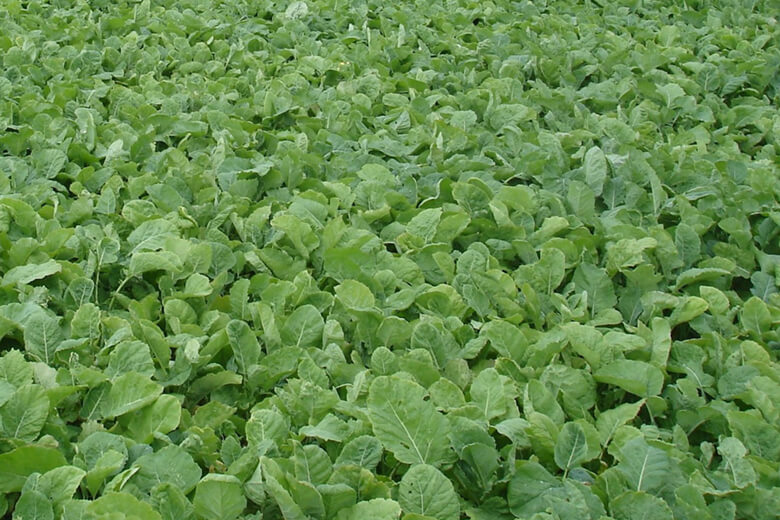Maximise the results from insecticide applications with super spreader Du-Wett for better crop coverage, key for effective insect control.
Du-Wett Super-Spreader - the science in the solution
Water is a polarising topic at the best of times. But, according to one expert, it’s water’s own surface tension that we should be taking a closer look at, specifically, its impact on insecticide spray efficacy.
UPL NZ Ltd.’s Adjuvant Product Manager, David Lingan says water surface tension is something we all probably learned about in school, along with Petri dishes and Bunsen burners, and fairly much left it there. But in delivering an effective insecticide spray programme, he says, addressing it is crucial.
Breaking water tension with super spreader
“Water tension is that strong cohesive connection between water molecules, and resistance to stretching.” David says that tension can derail the impact of even the world’s best insecticides. “Water tension means the insect-to-active contact can be significantly decreased. So, the insecticide’s efficacy is reduced. That’s good money wasted.
“Where a super spreader comes in is that it breaks the surface tension and enables the active to cover and spread on the plant’s surface more effectively. Insects are highly mobile. They’re not easy to pin down. You’re not going to get the best from an insecticide, if it doesn’t come in contact with the target insects or get ingested. Ultimately, that’s going to impact your bottom line.”
Forecast warmer temperatures bring with them the risk of increased insect population pressure, especially white butterfly, diamondback moths, aphids, and fall armyworm.
Better spray coverage with Du-Wett Super-Spreader
David recommends using the super spreader Du-Wett, an organosilicone blend, to deliver better spray coverage. “That way you’re going to save yourself a lot of time, money, and potentially re-sprays. Most importantly, there’s going to be a better outcome.”
“Using Du-Wett means actives get into even dense forage brassica crops and you get better performance on waxy foliage. It maximises spread and coverage of the plant, giving you the protection your crops need.”
David acknowledges that everyone is cost conscious. “That’s absolutely fair. And anything added to crop protection can be a hard sell. But Du-Wett will easily pay for itself because you get coverage that gets the most from sprays, and from the time and effort you’re putting in to getting a decent yield from a crop.”
He says contractors themselves have said they can actually see the difference between using Du-Wett Super-Spreader and not. Particularly with helicopter and any low water volume applications, David says Du-Wett’s saving on water use can provide quantifiable reductions in time and fuel used.
“With rising fuel, labour, and spray costs, and added to that water costs or restrictions, it’s something you’ve got to weigh up.”
David also says that the old-school approach, which was ‘more water gets more coverage’ when spraying isn’t supported by outcomes or hard science. “It all comes back to water’s high surface tension actively working against good coverage and optimal performance.
“With Du-Wett reducing the surface tension of spray droplets, one spray droplet can provide up to 20 times the spread of active compared to an insecticide applied without an adjuvant, and at least 6-8 times compared to a conventional, non-ionic adjuvant. That’s a solid result.”
Compatible with major insecticides
Du-Wett is compatible with major insecticides including Sparta®, Exirel® and Aphidex®.”
David says it’s recommended that Du-Wett be used at 200 mL/ha for most insecticides, except for Attack® (use at 300 mL/ha) and chlorpyrifos (use at 250 mL/ha). Water volumes are 50-250 L/ha for ground applications and 50-100 L/ha for aerial applications. Optimum spreading and wetting from Du-Wett will occur between pH 5 and pH 9.
